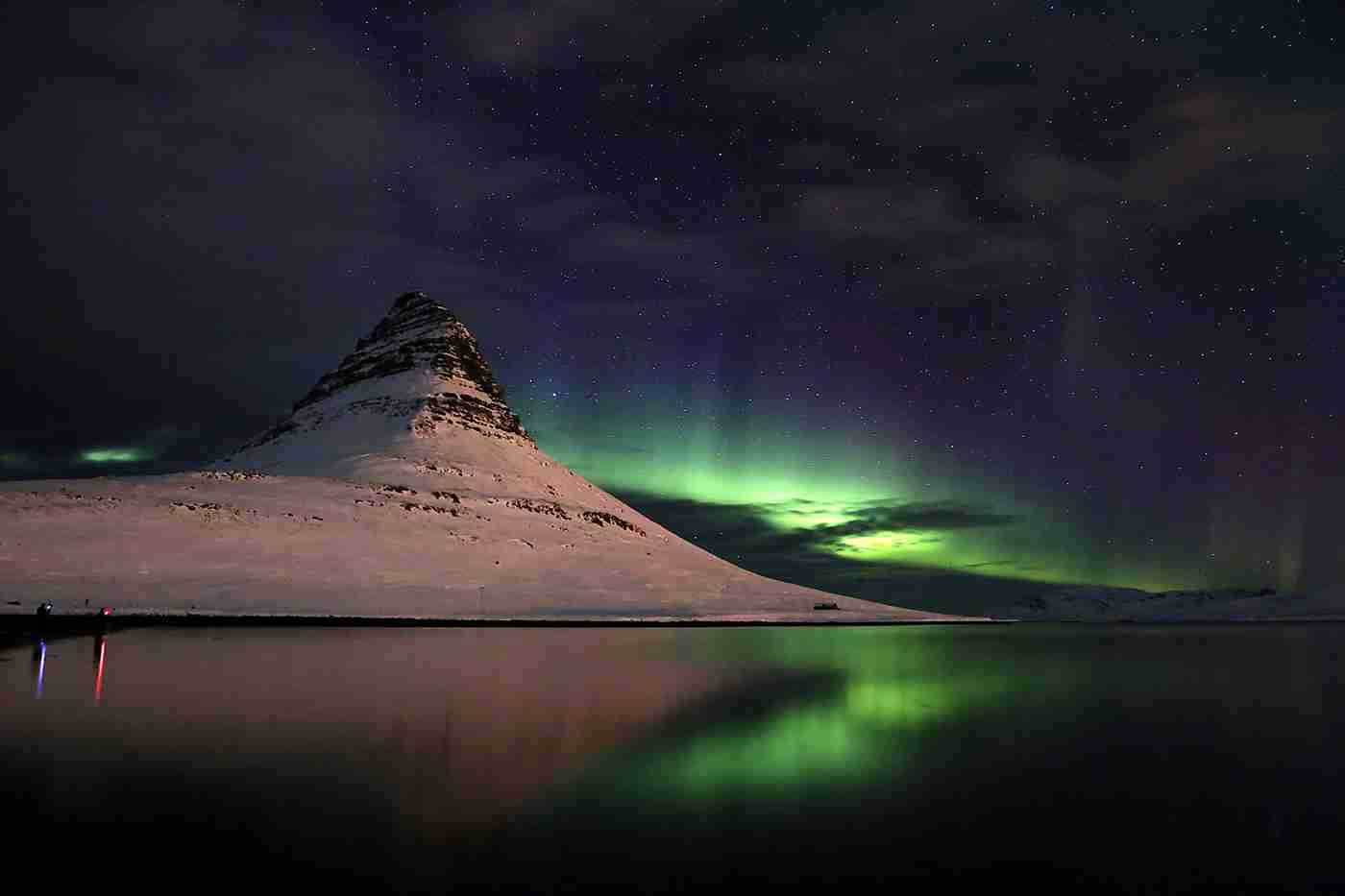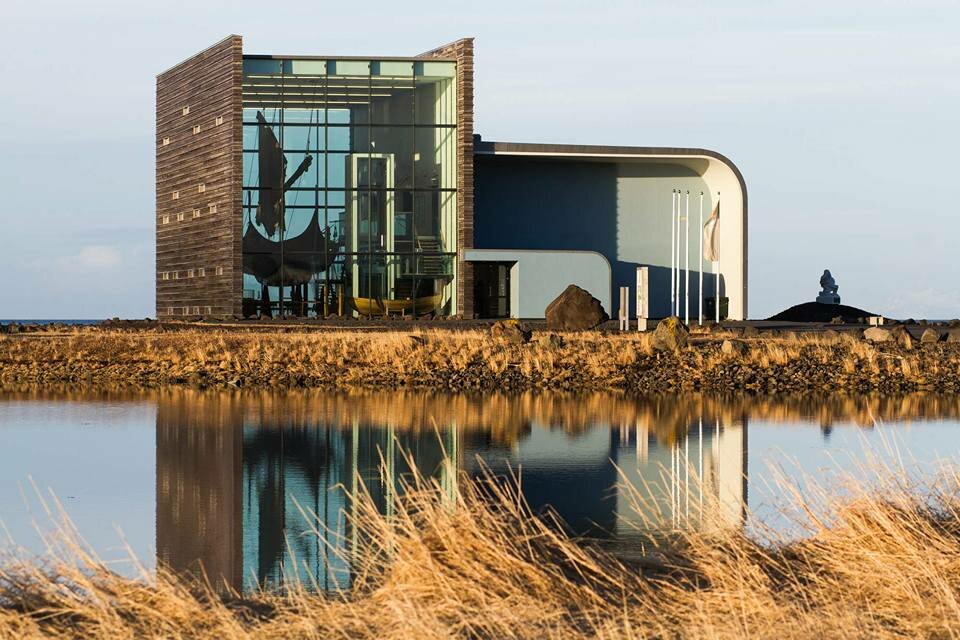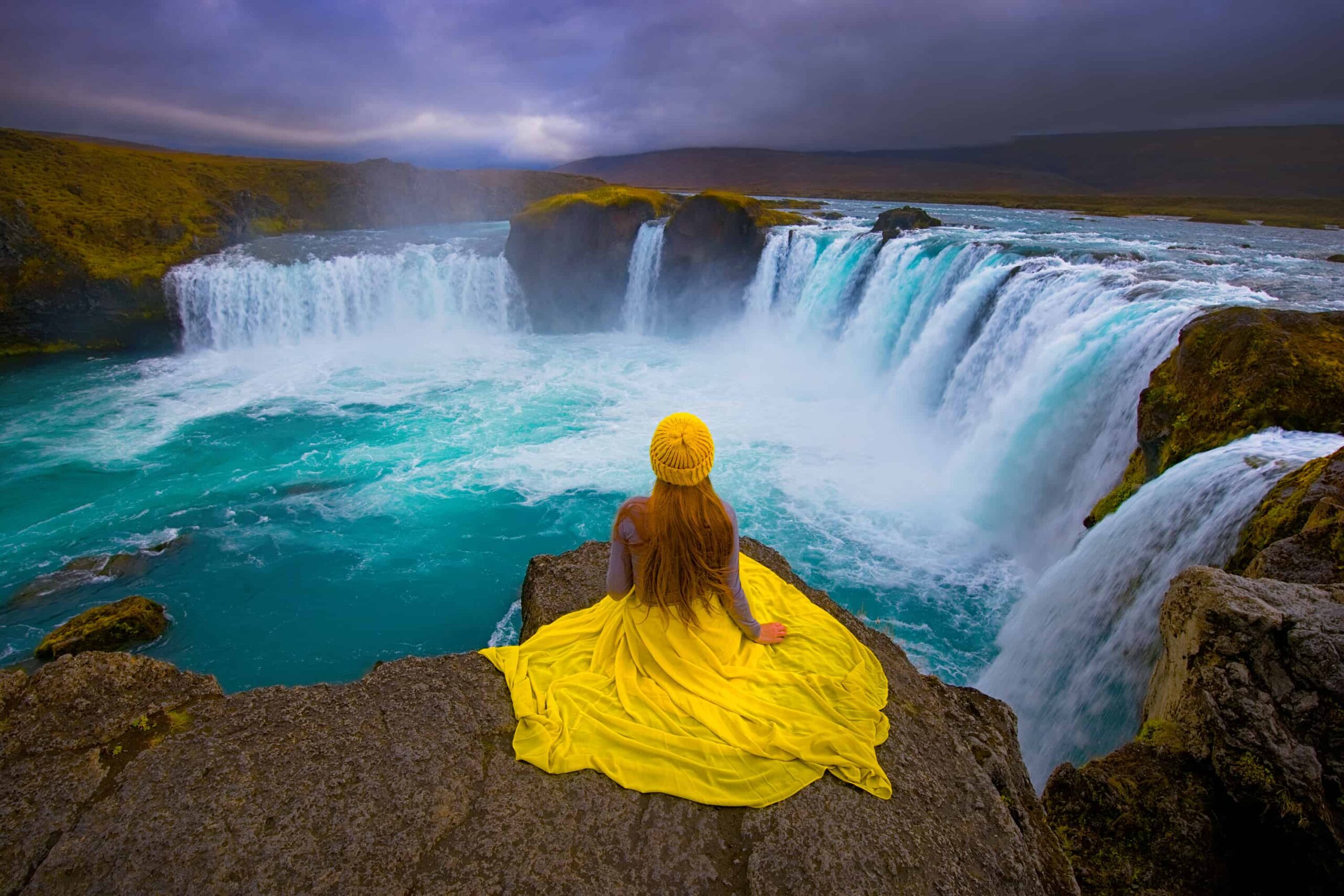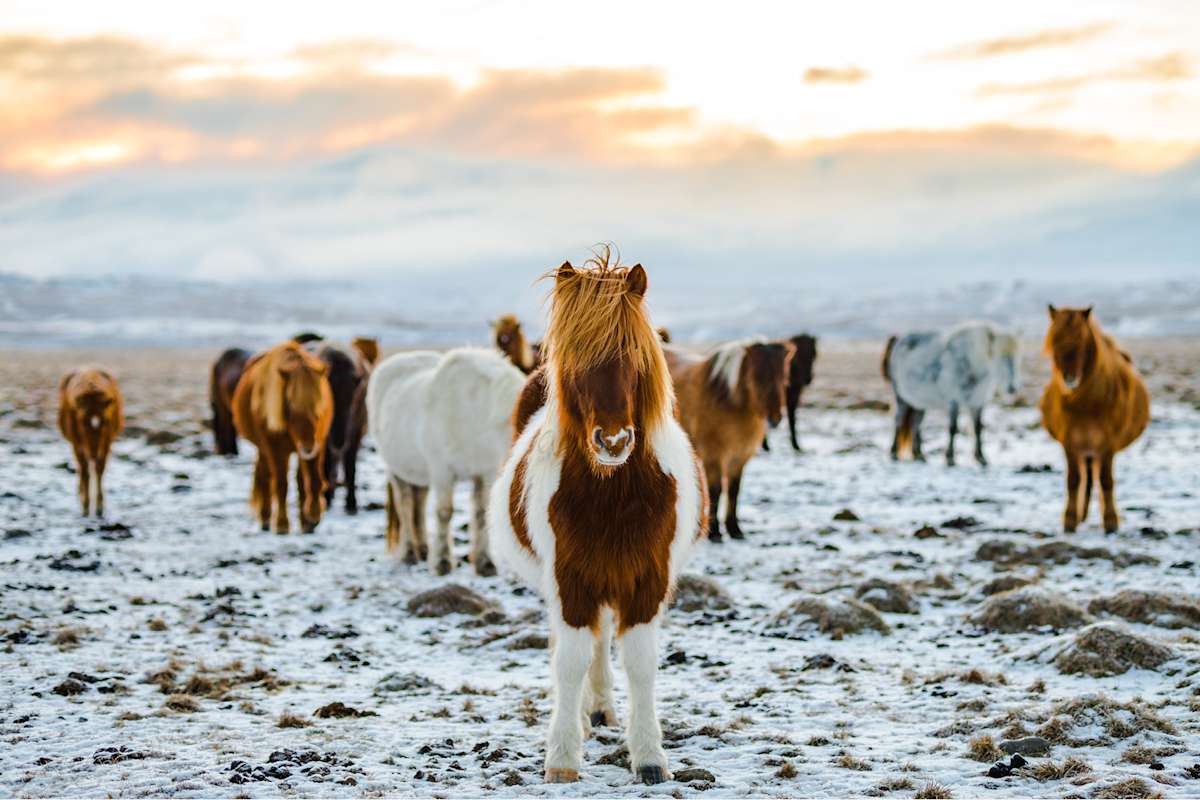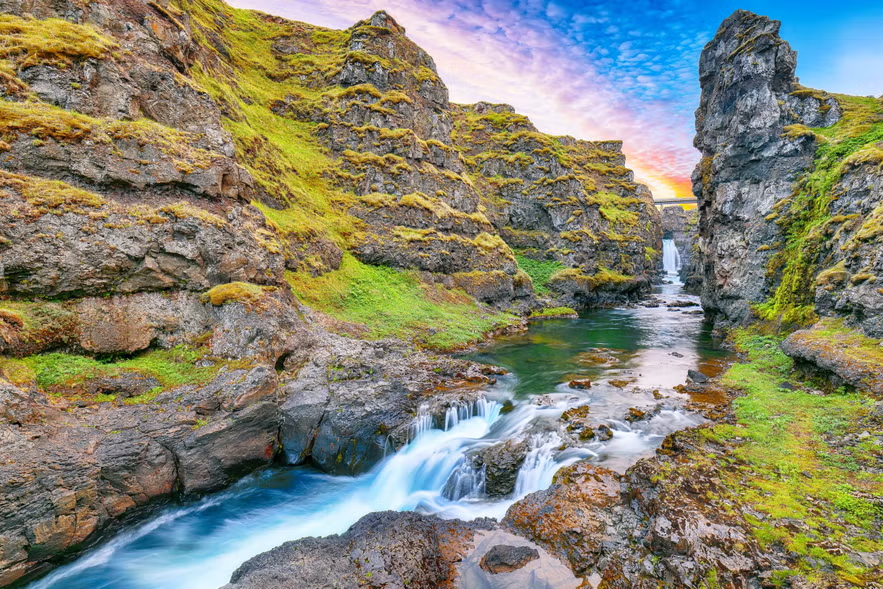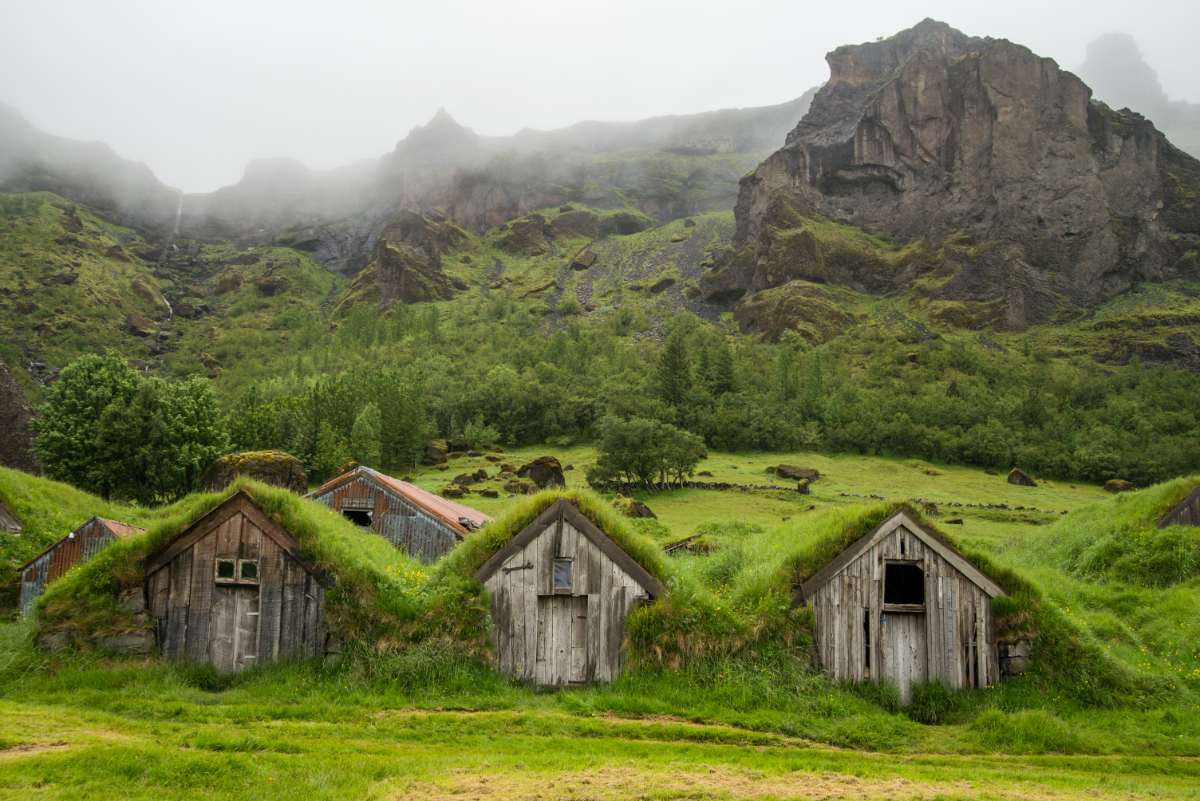The Complete Guide to Forests in Iceland
Category
Categories
Travel Guide
Type
Glacier Lagoons, Bird Sights
Destination
Vatnajokull national Park
High season
Jun - Aug & Nov - Jan
Area
18 sq km
Outflow
Atlantic Ocean
Popular articles
The Woodlands of Iceland | Transforming a Barren Terrain
Iceland was previously recognized for its extensive woodlands, many of which have since given way to expansive open fields. Nonetheless, the country continues to showcase verdant landscapes and reforestation initiatives that captivate nature lovers worldwide. Explore further to delve into the distinctiveness of Iceland’s forests.
In the past, Iceland harbored forests covering approximately 40% of its territory. Presently, this figure has dwindled to a mere 0.5%, positioning Iceland among the nations with the least woodland coverage globally. What led to the decline of Iceland’s forests, and what prospects exist for the indigenous trees and flora that flourish in this region?
Are there specific Icelandic woodlands accessible for exploration during your visit, and what measures are underway to counteract the adverse effects of deforestation while safeguarding the existing remnants?
A millennium ago, during the Norse settlement of Iceland, the landscape was adorned with extensive, unspoiled woodlands. Today, the country is predominantly renowned for its alluring yet tree-deficient terrain. What alterations transpired in those intervening 1000 years?
KEY HIGHLIGHTS
Iceland’s Growing Woodlands – Although known for its expansive landscapes, Iceland has various forests, primarily birch woodlands. Efforts to replant trees, especially in Hallormsstadaskogur and Thorsmork, are gradually increasing the nation’s forested areas.
Historical Deforestation Causes – Upon the Vikings’ arrival a millennium ago, about 40% of Iceland was covered in birch forests. However, extensive tree felling for fuel and grazing led to significant deforestation, leaving Iceland nearly devoid of trees for centuries.
Ongoing Afforestation and Reforestation – Since the early 1900s, Icelandic authorities and environmental groups have been planting trees to combat soil erosion, enhance biodiversity, and restore lost forests. Various non-native species like Sitka spruce, lodgepole pine, and larch have been introduced to support Icelandic woodlands.
Top Forested Sites for Visitors – Travelers seeking lush greenery in Iceland should explore Hallormsstadaskogur Forest in East Iceland, Thorsmork Valley, and Heidmork near Reykjavik. These locations offer picturesque hiking trails, camping grounds, and diverse bird populations.
Forests in Iceland Combatting Climate Change – As Iceland strives for carbon neutrality, forests play a vital role in carbon absorption. By planting more trees, Iceland aims to capture CO₂, making afforestation a cornerstone of its environmental agenda.
Indigenous Woodlands in Iceland
According to geological evidence, Iceland has a diverse history of woodlands. In the past, the landscape was dominated by trees typical of warmer climates such as sequoias, magnolias, and beech forests. Subsequently, cold-weather tree species like pine, spruce, and alder made their way onto the scene, followed by birch, rowan, and aspen trees.
When human settlement began in Iceland around 1,150 years ago, birch forests and willow scrub covered a significant portion, up to 40%, of the land.
The Deforestation of Iceland
What caused the disappearance of Iceland’s forests in under three hundred years? While factors like cooling climate, volcanic eruptions, and harsh winds contributed, the main reason was human settlement.
Early Icelandic settlers relied on timber for fuel to stay warm in the cold winters and for constructing essential items like buildings, boats, and fences.
The Impact of Livestock Grazing on Deforestation
One of the primary reasons for deforestation in Iceland was the failure of forests to regenerate due to excessive livestock grazing. Early settlers, after importing various livestock, cleared forests to establish fields and grazing areas. The expansion of space for livestock was driven by the farmers’ desire for more resources to support their operations and livelihoods.
The Economic Strategy of Early Settlers
Research has revealed that the widespread clearing of forests by early settlers was a deliberate economic move to bolster the local animal husbandry industries. While this strategy aimed to enhance economic prosperity, the continuous grazing by livestock inhibited the natural reforestation process, leading to the ongoing decline of woodland areas.
The Unintended Consequences
Despite the settlers’ intentions to secure resources for survival, the relentless pursuit of sustenance inadvertently contributed to the environmental degradation of the surrounding areas. The early settlers lacked the understanding of the environmental repercussions of their actions and the complexities involved in future afforestation and reforestation endeavors.
Best Hiking and Trekking Adventures in Iceland
Forests in Iceland Today
Despite facing deforestation challenges, Iceland boasts several captivating forests and woodland areas.
The Icelandic national parks fall under the jurisdiction of the Icelandic Forest Service, with detailed information available on their online map. These forests are highly recommended to explore during your visit to Iceland. Here are some of the top forests to see:
While there are more forests to discover, the Icelandic Forest Service manages 26 forests, including:
Arnaldsstadaskogur Forest: Situated in East Iceland, this small, pristine forest is renowned for its lush greenery and close proximity to historic farmsteads in the Fljotsdalur valley.
Asbyrgi Forest: Nestled in the magnificent Asbyrgi Canyon in North Iceland, this forest thrives within a horseshoe-shaped geological formation associated with Norse mythology.
Furulundurinn Forest: Considered Iceland’s first successful reforestation project, this pine grove is now cherished for its tranquil walking trails and bird sanctuaries.
Grundarreitur in Eyjafjordur: A hidden gem near the northern coast, this forest offers visitors the opportunity to hike and unwind amidst picturesque landscapes.
Iceland Forests
Hallormsstadaskogur Forest: The largest forest in Iceland, Hallormsstadaskogur features various tree species, hiking paths, and a history of reforestation efforts.
Haukadalsskogur Forest: Situated in Haukadalur Valley, this forest is known for its mix of indigenous birch trees and imported species.
Jafnaskardsskogur Forest: A secluded forest area with rich biodiversity and peaceful hiking trails just a short distance from Reykjavik.
Jorvikurskogur Forest: Located in East Iceland, this picturesque forest is home to the unique blue aspen trees indigenous to Iceland.
Kristnesskogur Forest: Close to Akureyri, this forest is well-kept and popular for its walking routes.
Laugarvatnsskogur Forest: Found near Laugarvatn Lake, this forest offers a beautiful backdrop for visitors enjoying the natural hot springs in the area.
Mela-Skuggabjargaskogur Forest: A remote forest renowned for its rugged beauty and diverse array of tree species.
Mogilsa Forest: Situated at the foot of Mount Esja, Mogilsa is home to Iceland’s forestry research station and experimental tree plantations.
Forests in Iceland
Mulakot Forest: Located in South Iceland, Mulakot Forest is a small but historically significant area filled with rare old-growth trees.
Nordurtunguskogur Forest: Situated in the Borgarfjordur region in West Iceland, Nordurtunguskogur Forest is a serene and quiet natural space.
Reykjarholsskogur Forest: Found in North Iceland, Reykjarholsskogur Forest is a picturesque area once known for its geothermal activity, resulting in unique vegetation due to the warm soil.
Selskogur Forest: This tranquil birch grove campsite in western Iceland is a popular destination for hikers and nature photographers.
Sigridarstadaskogur Forest: Situated between Akureyri and Lake Myvatn, Sigridarstadaskogur Forest is a well-preserved birch forest renowned for its vibrant autumn colors and diverse wildlife.
Skogarreitur Forest: Located in South Iceland, Skogarreitur Forest is a charming wooded area that features the Systrafoss Waterfall.
Stalpastadaskogur Forest: A quiet woodland with historical ties to Iceland’s early reforestation efforts, Stalpastadaskogur Forest is a favorite among hikers.
Tumastadir Forest: Tumastadir Forest, previously devoid of trees, was transformed by Iceland’s Forest Service in 1944 into a nursery.
Vaglaskogur Forest: Known as one of Iceland’s largest natural birch forests and the headquarters of Iceland’s Forest Service, Vaglaskogur Forest is a popular spot for hiking and recreation.
Vaglir Forest: Situated near Akureyri in North Iceland, Vaglir Forest is utilized for both commercial and recreational purposes.
Vatnshornsskogur Forest: Nestled in West Iceland near lakes and wetlands, Vatnshornsskogur Forest offers a unique ecosystem that supports a variety of bird species and other wildlife.
Thjorsardalur Forest
A valley in South Iceland that has been reforested and is located not far from Reykjavik. It features a combination of birch and conifer trees and is situated near volcanic remains from previous eruptions.
Thordarstadaskogur Forest
Found in the Fnjoskadalur valley, Thordarstadaskogur is in close proximity to the Godafoss Waterfall.
Thorsmork
Thorsmork is a renowned forested valley in South Iceland, bordered by glaciers and mountains. It boasts stunning scenery and abundant greenery.
Hallormsstadaskogur National Forest
Iceland’s Hallormsstadaskogur Forest, situated in East Iceland, originally aimed to encourage tree growth in Iceland. This forest serves as a significant illustration of the nation’s reforestation initiatives and stands as Iceland’s inaugural national forest. Its recognition dates back to 1905 when the remaining birchwoods at Hallormsstadur farm received official protection.
Hallormsstadaskogur Forest
Today, Hallormsstadaskogur spans over 750 hectares and harbors more than 85 tree species imported from over 170 different global locations. The forest is a popular destination for nature lovers and hikers due to its extensive 40-kilometer network of picturesque woodland trails.
Visitors exploring the park can indulge in fresh glacial stream water and forage raspberries, redcurrants, as well as various edible mushrooms like slippery jack, larch bolete, and birch bolete that thrive in the forest.
Additionally, the dense tree canopy in Hallormsstadaskogur serves as a natural refuge from Iceland’s larger predators, resulting in a flourishing bird population within the forest.
Exploring the Diverse Wildlife
Various bird species, including common redpolls, ravens, rock ptarmigans, and goldcrests, inhabit Hallormsstadaskogur. During the summer, migratory species like meadow pipits, redwings, Eurasian woodcocks, wagtails, and snipes join the resident birds in the forest. The area serves as a rich habitat for nesting and food for these animals.
Experience Skogardagurinn in June
In June, visitors can enjoy Skogardagurinn or “Forest Day,” a weekend filled with thrilling competitions, lively folk music, and festive celebrations. Highlights of the event include two mini-marathons (4 km and 14 km), delicious locally sourced BBQ lamb, various art exhibitions, and a logging contest.
Accommodation Options in East Iceland
If you’re considering a trip to Hallormsstadaskogur, Iceland offers a range of nice hotels in East Iceland. For a more rustic experience, visitors can choose to stay at one of the forest’s two camping areas: Atlavik, nestled in the scenic tree cover of the inner forest, or Hofdavik, which provides a higher level of service for campers seeking a more luxurious camping experience. Learn more about camping options in Iceland here.
Exploring Hallormsstadaskogur: Egilsstadir – The Gateway to Iceland’s East
The largest town in Iceland’s east, Egilsstadir, is the nearest town to Hallormsstadaskogur. Established in 1947 as an administrative center, it boasts a population of over 2000 residents, along with essential amenities like a hospital, airport, and college. For travelers exploring the eastern side of Iceland, Egilsstadir serves as an ideal pit stop along the renowned Ring Road, offering a chance to rest and recharge.
Aside from its convenient proximity to Hallormsstadaskogur, Egilsstadir is also a convenient starting point for venturing into the less frequented Eastfjords and Vatnajokull National Park, making it a strategic gateway to Iceland’s captivating eastern region.
Oskjuhlid Hill and Woodlands
Located in Reykjavík, Oskjuhlid Hill, also known as Oskjuhlidarskogur, is recognized by its tall birch trees reaching towards the sky and the iconic Perlan Museum with its observation deck.
Exploring Oskjuhlid Hill in Reykjavik
Iceland’s Oskjuhlid Hill is a popular outdoor destination in Reykjavik, offering a variety of trails suitable for hikers and mountain bikers. These paths lead to the geothermal Nautholsvik beach and extend towards the Seltjarnarnes Peninsula coast.
A Century of Transformation
A hundred years ago, Oskjuhlid Hill looked vastly different from its current state. Initially, it provided stunning views of Faxafloi Bay, lacking the observation deck, picnic areas, sculptures, and lush woodlands that define it today. The area served as a quarry for construction purposes, with rocks extracted for the Old Harbour’s development.
Rejuvenation Through Afforestation
In the 1950s, Oskjuhlid Hill underwent a transformation as locals planted spruces, birches, aspens, and pines to revitalize the landscape. Today, over 80 tree species thrive here, showcasing the rapid success of an efficient afforestation initiative.
Exploring Oskjuhlid Hill
Visitors to Oskjuhlid Hill in Iceland can immerse themselves in the country’s wonders by visiting the Perlan Museum, offering a unique experience.
Historical Bunkers
The historical significance of Oskjuhlid is further enhanced by the presence of bunkers constructed by the American forces during World War II. Despite being abandoned since 1945 and lacking illumination, these bunkers remain intact and accessible for exploration, providing a glimpse into the past.
Kjarnaskogur Woodlands
The Kjarnaskogur Woodlands are located just south of Akureyri, known as the “capital of North Iceland.” Established in 1952, the goal was to create a forest surrounding Akureyri, and since then, over a million trees, mainly birch and larch, have been planted, fostering a rich variety of over 230 plant species.
Spanning approximately 600 hectares, Kjarnaskogur offers excellent outdoor activities for visitors. Hikers can explore nearly seven kilometers of illuminated paths and numerous off-the-beaten-path trails. During the summer, a dedicated ten-kilometer trail awaits mountain biking enthusiasts. In winter, the trails transform into cross-country skiing and snowboarding areas, attracting both visitors and locals. For bird lovers, the Hundatjorn marsh provides a designated bird-watching spot to observe various bird species.
Vinaskogur, the Forest of Friends
Vinaskogur, also referred to as the Friendship Forest, is more of a symbolic garden than a traditional forest. It was established in 1989 as part of the Landgraedsluskogar initiative aimed at rejuvenating Iceland’s barren landscapes and enhancing soil quality.
The Landgraedsluskogar project has been pivotal in planting over one million tree saplings on an annual basis, contributing significantly to environmental restoration efforts.
The Forest of Friends: A Symbol of International Relations in Iceland
Iceland was the visionary behind The Forest of Friends, a project initiated by Iceland’s former president Vigdís Finnbogadóttir. This forest was intended to be a gathering spot for international dignitaries visiting Iceland, where they could plant a tree as a symbol of their connection to the country.
When strolling through the friendship forest, one can observe various plaques adorning the trees, each inscribed in the language of the respective donor’s nation.
Discover the Forest of Friends in Iceland
The Forest of Friends, located in west Iceland’s Karastadir country, serves as a poignant symbol of peace, friendship, and connection for all who visit. This tranquil setting is nestled along the way to Thingvellir National Park, offering a serene environment to reflect on the importance of these values.
Ellidaardalur Valley in Reykjavik
The Ellidaardalur Valley is a picturesque park located between two branches of the Ellidaa River, offering a sense of seclusion and natural beauty within Reykjavik.
Visitors can explore the Chromo Sapians art installation nearby, which guides them through intricately decorated caves for a unique experience.
Husafellsskogur
Husafellsskogur is a charming birch forest located near Husafell, renowned for its scenic hiking trails and nearby hot springs. The trees in this area can reach heights of up to 13 feet (four meters) due to the protection they receive from the elements, a rare sight in Iceland.
The town of Husafell is an ideal starting point for visitors looking to explore geothermal baths, glacier treks, and breathtaking sights. Many tourists opt to relax at the Husafell Canyon Baths on a leisurely day trip, while more daring adventurers choose the exhilarating four-hour trek deep inside the Langjokull Glacier.
The Future of Icelandic Forests
Afforestation and addressing natural degradation are key components of Iceland’s environmental strategy with a focus on various significant factors.
Principal among these is the issue of soil erosion, which is exacerbated by the extensive use of land for sheep grazing in Iceland. This intensive grazing results in the depletion of crucial low-lying vegetation necessary for maintaining a fertile landscape, leading to widespread barrenness in the soil.
Such soil erosion has the potential to expand over vast areas, impacting larger regions and posing a threat to the remaining habitable areas.
Improving Quality of Life
Enhancing the quality of life is a significant motivation behind Iceland’s environmental initiatives. Forests and woodlands play a vital role in offering a refuge from urban living, allowing individuals to reconnect with nature and gain insights into the environment. These natural areas also draw in visitors seeking thrilling outdoor experiences or a serene escape for relaxation.
Biodiversity Concerns
The limited biodiversity in Iceland stems largely from the absence of forests. The scarcity of woodland habitats directly impacts the populations of forest-dwelling birds like the Eurasian wren and the common redpoll, as well as other animal and plant species in the country.
Domestic Wood Consumption
A significant reason to prioritize and accelerate reforestation efforts in Iceland is the necessity for timber in various everyday applications. The scarcity of this natural resource poses challenges in meeting the wood demand for everyday needs within the country.
Choice of Non-Native Species
Most of the newly planted seeds in reforestation projects in Iceland consist of non-native species. The country’s native trees like birch, aspen, and rowan are now deemed unsuitable for the changing climate conditions, necessitating the need for more adaptable species.
Considerations for Afforestation
Several factors must be taken into account when selecting tree species for afforestation, including their ability to withstand summer conditions, adapt to temperature fluctuations, and endure drought. Thorough planning is essential before the Icelandic Forest Service initiates any new afforestation schemes.
Future Goals and Progress
Despite the challenges, Icelanders plant around three million seeds annually, with efforts to increase this number through enhanced education. The Icelandic Forest Service aims to have 12% of Iceland afforested by 2100, a notable step towards restoring the country’s forest cover and enhancing environmental sustainability.
Discovering Iceland’s Woodlands
Experiencing the stunning woodlands in Iceland can be done in various exciting ways. Opt for a self-navigation journey for the freedom to travel at your leisure, or choose a guided multi-day excursion or holiday package for a hassle-free adventure.
Common Queries About Iceland’s Woodlands
This piece encompasses various aspects. Here are brief responses to the most frequently asked questions:
Exploring the Ever-Changing Forests of Iceland Throughout the Seasons
During summer, Iceland’s forests display a lush greenery, ideal for picturesque hikes. As autumn sets in, these woodlands transform with vibrant hues of gold and red, offering a scenic spectacle. Winter blankets many of these forested areas in a pristine layer of snow, evoking a truly enchanting ambiance, particularly evident in locations like Thorsmork Valley. With the arrival of spring, the forests burst to life with fresh leaves and blooming flowers, inviting visitors to indulge in immersive nature walks.
Is Camping in Iceland’s Forests Permitted?
Camping is permitted in specified areas like Hallormsstadaskogur Forest. Nevertheless, the regulations for wild camping are stringent in Iceland, so it is crucial to familiarize yourself with the rules before setting up a tent.
Are there any environmentally friendly accommodations or forest cabins for overnight stays in Iceland?
Affirmative, in Hallormsstadaskogur, there are charming cabins available for rental near Lagarfljot Lake. Additionally, Husafell provides eco-conscious lodging options nestled within wooded surroundings. Explore a variety of accommodation and glamping choices for a unique stay in Iceland.
Are there specific paths for novice hikers in Iceland’s forests?
Many of Iceland’s forests feature established trails for hikers. For example, Hallormsstadaskogur Forest offers clearly marked, beginner-friendly paths that cater to all levels of experience. Additionally, Vaglaskogur Forest provides gentle routes through one of Iceland’s expansive woodlands.
Where Can You Find the Most Scenic Photography Locations in Iceland’s Forests?
Welcome To Iceland recommends Thorsmork Valley as a prime photography spot, offering stunning landscapes with a mix of forests, rivers, and glaciers. Additionally, the vibrant autumn hues in Hallormsstadaskogur Forest near Lake Lagafljot create a mesmerizing backdrop for photography enthusiasts.
Best Icelandic Forests for Families with Children
Many Icelandic forests are suitable for children, but not all provide convenient family-friendly facilities. Ellidaardalur Valley in Reykjavík is an excellent choice for families due to its simple walking paths and playground. Another option is Husafell, which offers family-friendly trails, waterfalls, and even a nearby swimming pool, making it a great destination for families with children.

